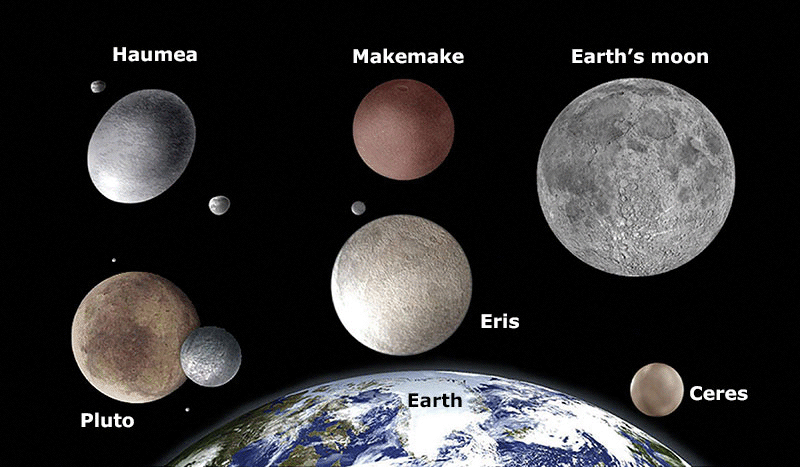Closing In on Ceres
Wednesday, January 21st, 2015January 21, 2015
The photos are fuzzy, but astronomers eagerly studying the first images of the dwarf planet Ceres taken by NASA’s Dawn spacecraft think they may be seeing craters. Astronomers wouldn’t be surprised to learn that Ceres, like many planets and moons in the solar system, has been whacked by space rocks during its billion-year history. Still, the images are the clearest yet of Ceres–three times better than the previous best, which were taken by the Hubble Space Telescope. The new images were taken when Dawn was about 238,000 miles (383,000 kilometers) away from Ceres, about the distance between Earth and the moon. Over the next six weeks, as Dawn speeds closer and closer, astronomers will be able to determine if the surface of Ceres really is dotted by craters. And if all goes well, that finding will be only the first of many discoveries about this largely mysterious object. Astronomers expect to learn much more, especially after Dawn enters orbit around Ceres on March 6. Launched in 2007, Dawn was designed to study both Ceres and Vesta, the third-largest asteroid in the solar system.

The dwarf planet Ceres appears in both visible and infrared light in some of the first images of Ceres taken by the Dawn spacecraft. The craft was 238,000 miles (383,000 kilometers) away at the time. In the infrared image, which is really a temperature map of Ceres, white is warmer and red is colder. (NASA/JPL-Caltech/UCLA/ASI/INAF)
Ceres, which is shaped like a slightly squashed sphere, is about 590 miles (950 kilometers) in diameter. It is so large that it accounts for more than one-fourth of the total mass (amount of matter) of all of the millions of asteroids in the Main Belt, a region between the orbits of Mars and Jupiter. In fact, Ceres has enough mass to be considered a dwarf planet.
On entering obit around Ceres, Dawn will become the first spacecraft to circle two deep-space objects. The craft reached Vesta for a one-year study in 2011. While on this mission, Dawn revealed that Vesta has three layers–an inner core, middle layer called the mantle, and an outer crust. Scientists think both Ceres and Vesta probably formed early in the solar system’s history from many smaller bodies that collided and stuck together, a process called accretion. However, the gravitational pull of Jupiter likely prevented the two from combining with other objects and growing to the size of a planet.
Additional World Book articles:
- Space exploration
- Exploring the Suburban Solar System (a special report)



